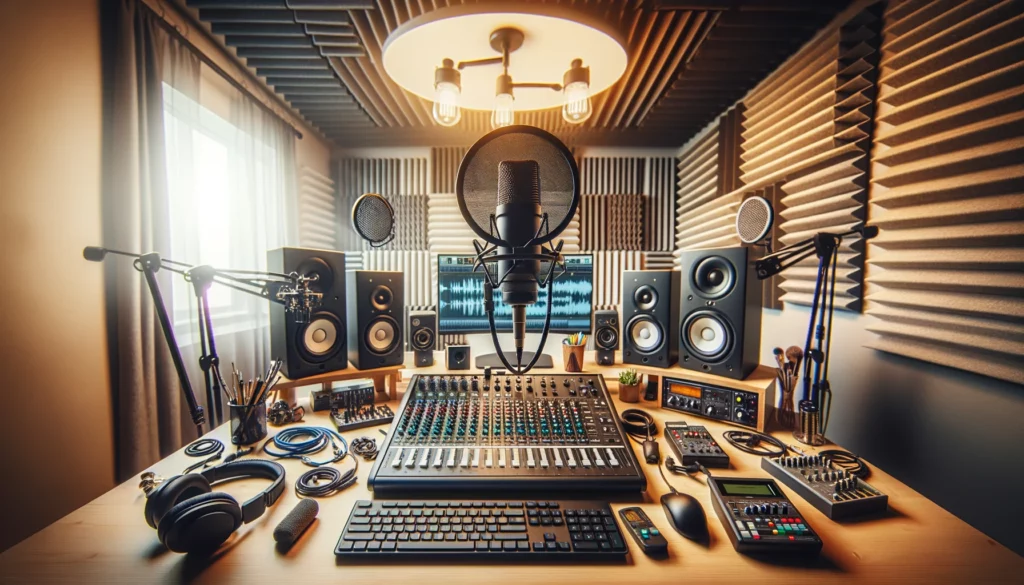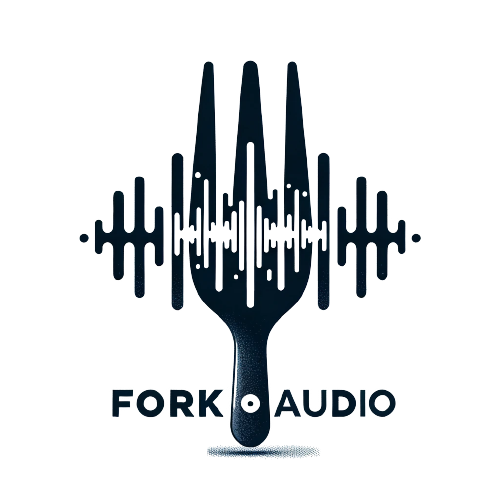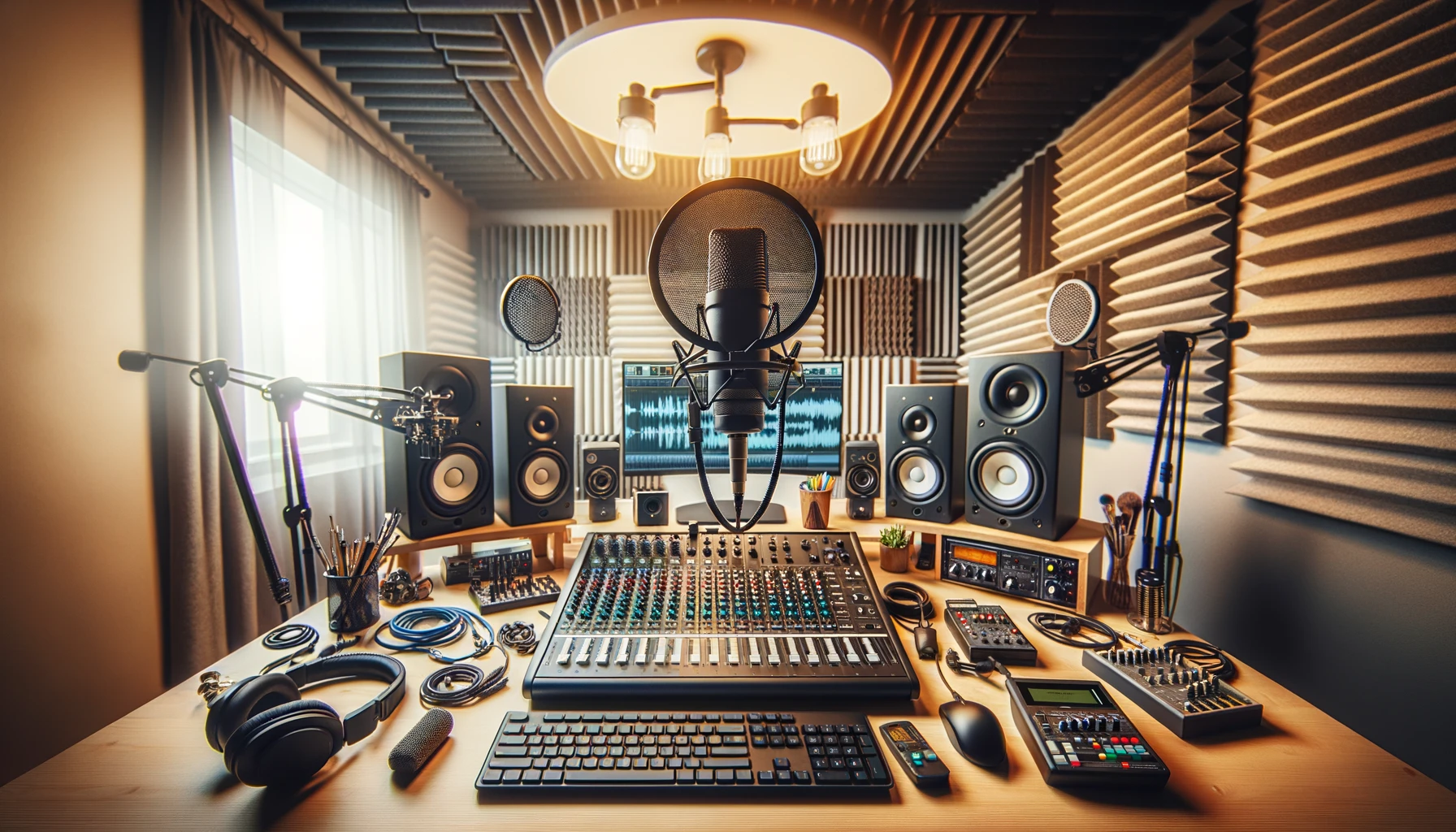When embarking on the journey of audio content creation, whether you’re a budding podcaster, an ambitious musician, or a vlogger aiming to enhance your video quality, the audio equipment you choose can significantly impact the quality of your output. Understanding the tools you need not only ensures your audio is crisp and clear but also elevates the overall professionalism of your content. In this blog post, we will explore the essential audio equipment list for creators. We will dive into the specifics of what each piece of gear is used for and how to utilize it best to achieve professional-grade audio.
1. Microphones: The Voice of Your Content
At the heart of any audio setup is a good microphone, which is crucial for capturing clear and detailed sound. There are primarily two types of microphones to consider:
- Condenser Microphones: Best for capturing vocal subtleties and high frequencies, making them ideal for studio recordings and podcasts. They require phantom power, which most audio interfaces or mixing boards can supply.
- Dynamic Microphones: Known for their durability and ability to handle high sound pressure levels, these are perfect for live performances and recording loud sources like drums or amplified instruments.
Tip: For podcasters, a condenser mic with a cardioid pattern is recommended, as it picks up sound from the front and minimizes background noise.
2. Audio Interfaces: Your Gateway to Professional Sound
An audio interface acts as the bridge between your microphone and your computer. It converts the analog signal from your microphone into a digital format that your computer can process. A quality interface will have preamps that boost the microphone signal to a usable level without adding noise.
Tip: Look for interfaces with multiple inputs if you plan on recording several sources at once, and ensure it supports at least 24-bit depth and a 48 kHz sampling rate for high-quality recordings.
3. Headphones and Studio Monitors: The Art of Listening
Monitoring your audio accurately is essential for content creation. There are two primary tools used for listening:
- Studio Monitors: These speakers are designed for a flat frequency response to provide a clear and unbiased sound representation. Ideal for mixing and mastering your tracks in a studio setting.
- Headphones: For detailed editing and when you need to work in quiet environments, high-quality studio headphones can provide a good alternative to monitors.
Tip: Ensure your headphones offer sound isolation to avoid audio bleed, which is crucial when recording vocals.

4. Mixers: Control at Your Fingertips
For creators who manage multiple audio sources simultaneously (like during a live broadcast or when recording a band), a mixer allows you to control levels, effects, and outputs on the fly. Digital mixers can also interface with your computer, providing additional routing options and effects.
Tip: A mixer with built-in effects like reverb or compression can greatly enhance your live recordings without needing additional software.
5. Pop Filters and Windshields: Keeping It Clean
Pop filters and windshields are essential for reducing plosive sounds (“p” and “b” sounds) and minimizing noise from wind or breath. These are inexpensive but vital tools for ensuring clean audio capture, particularly in vocal recordings.
Tip: Position your pop filter about two inches from your microphone for best results.
6. Cables and Stands: The Unsung Heroes
Never underestimate the importance of high-quality cables and robust stands. Good cables ensure signal integrity and reduce the risk of noise and interference. Stands are crucial for positioning microphones correctly and securely, particularly in complex setups.
Tip: Opt for shielded cables to minimize electromagnetic interference, especially in environments with lots of electronic devices.
Conclusion: Audio Equipment List
Setting up the right audio equipment is a crucial step towards producing high-quality content. By choosing the appropriate tools for your specific needs—be it podcasts, music production, or vlogging—you can ensure that your audience receives the best auditory experience. Remember, the goal is not just to be heard but to be heard clearly and professionally. Investing in the right gear is investing in the quality and future of your content. By integrating these essential pieces of audio equipment into your setup, you’ll be well-equipped to capture, produce, and share your audio creations with confidence and clarity.

